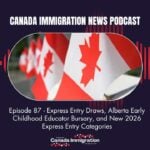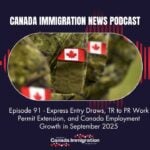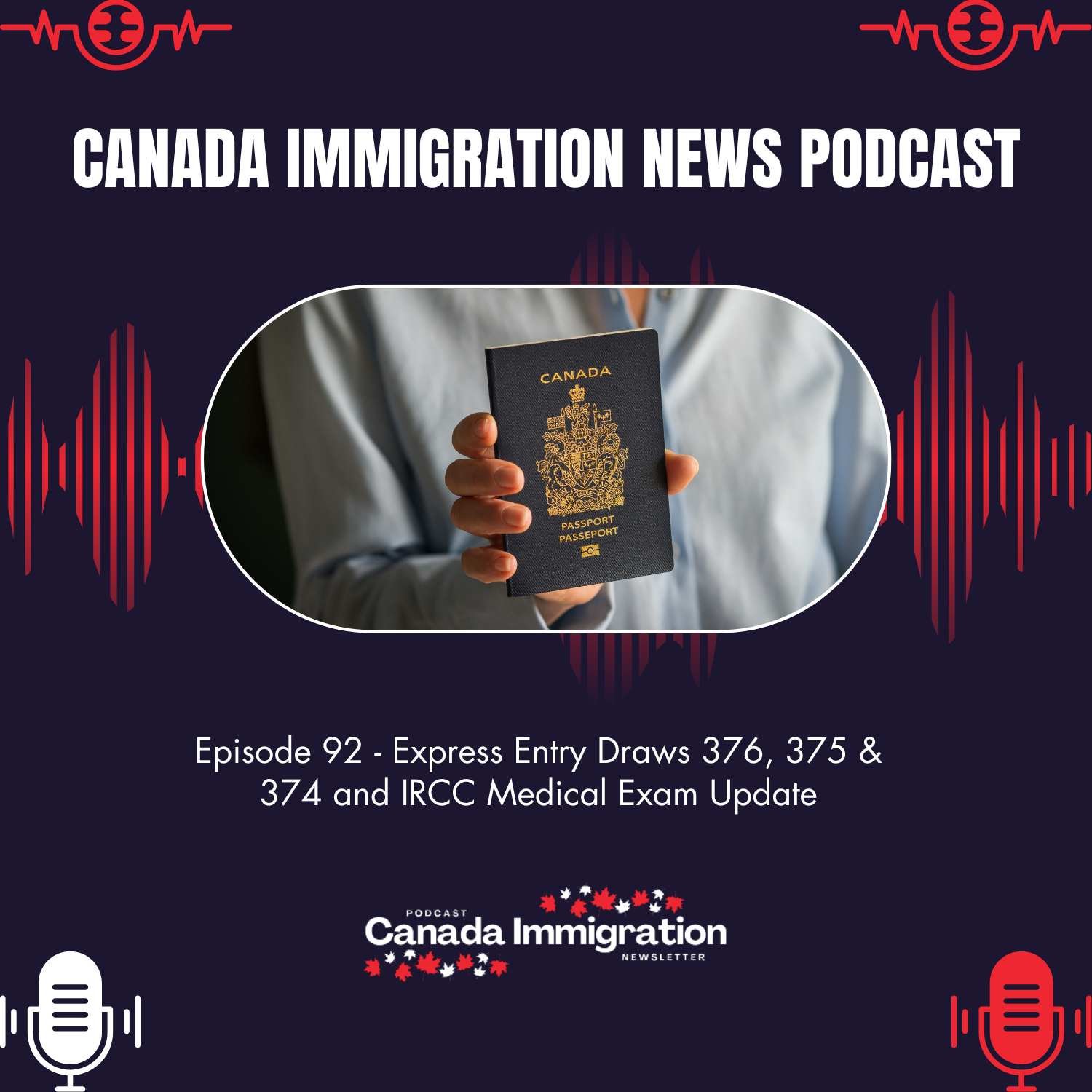Immigration Announcement
Alberta Introduces New Rules for the Rural Immigration Stream After Federal Cuts

When Alberta announced stricter guidelines for the Rural Immigration Stream following federal allocation reductions, the province set the stage for significant changes affecting applicants, rural communities, and employers. Beginning January 1, 2026, the Alberta Advantage Immigration Program (AAIP) will introduce tighter controls to manage demand, respond to reduced federal allocations, and ensure nomination spaces support high-priority sectors across the province.
Why Alberta is Restructuring the Rural Renewal Stream
Interest in the Rural Renewal Stream (RRS) has grown quickly in recent years, with endorsement volumes climbing well beyond Alberta’s available provincial nomination spaces. At the same time, federal immigration allocations have been reduced, meaning Alberta now receives fewer nominations to distribute across all its streams.
To prevent overwhelming the program, the province must now prioritize rural development, labour-market needs, and economic diversification, especially in regions that rely heavily on newcomers to sustain workforce stability.
Key Changes Now in Effect
Alberta announced stricter guidelines for the Rural Immigration Stream following federal allocation reductions: What applicants must know
Beginning January 1, 2026, the following updates apply to all applications received on or after that date:
1. Community Endorsement Caps
Each designated rural community will now have a defined annual limit on how many endorsement letters it can issue. This prevents endorsement requests from exceeding Alberta’s nomination spaces.
2. One-Year Endorsement Validity
Endorsement of Candidate Letters will now remain valid for only 1 year (12 months). Applicants must submit their AAIP application within that period or obtain a new endorsement.
3. TEER-Based Endorsement Framework
Communities must now prioritize candidates using a TEER-based model, aligning endorsements with occupations that support rural economic needs, workforce shortages, and diversification goals.
4. Updated Requirements for Applicants Already in Canada
Foreign nationals inside Canada must hold a valid work permit during both:
- The application stage
- The AAIP assessment stage
This ensures applicants maintain legal status throughout the process.
How These Changes Affect Rural Communities
The new rules mean communities must take a more strategic approach to distributing their endorsement spaces. Instead of issuing large volumes of letters rapidly, communities must decide which occupations and employer requests align best with regional needs.
Communities may also need to shift how they work with employers, focusing more on sectors such as:
- Healthcare
- Construction
- Manufacturing
- Hospitality
- Agriculture
These industries continue to report workforce shortages across rural Alberta.
Impact on Foreign Nationals Applying Through The Rural Immigration Stream
Applicants will encounter more structure and fewer opportunities for delays. They should be prepared with:
- A valid work permit if applying from within Canada
- A job offer aligned with in-demand TEER categories
- All required supporting documents ready before submitting
- Awareness of the 1-year expiry for endorsement letters
The increased formality may require foreign nationals to coordinate closely with employers and communities to ensure their applications meet all updated requirements.
Why These Adjustments Matter
Rural Alberta relies heavily on immigration to fill essential jobs, support small businesses, and maintain population stability. The RRS was designed to help these communities thrive, but the surge in interest and limited federal nominations created a gap between demand and available spots.
By implementing stricter guidelines, Alberta aims to:
- Protect nomination spaces
- Support sectors with the highest labour shortages
- Ensure fair distribution across rural regions
- Maintain alignment with federal immigration limits
With these updates, Alberta announced stricter guidelines for the Rural Immigration Stream following federal allocation reductions, reshaping how communities and applicants participate in the Rural Renewal Stream. The new framework is designed to keep the program sustainable, targeted, and aligned with Alberta’s rural economic priorities as overall nomination spaces become more limited.
























